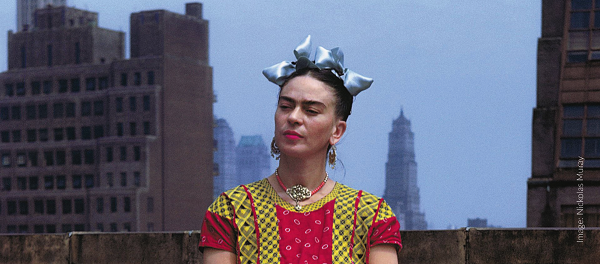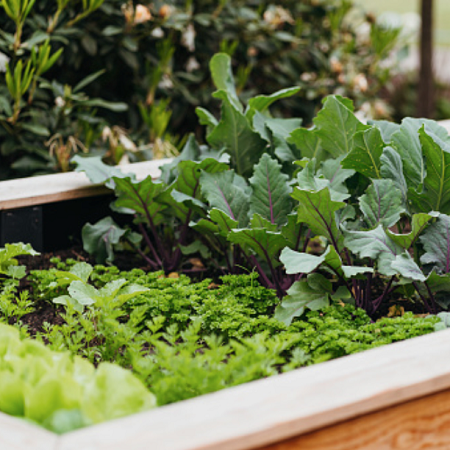THIS WEEKS MUSE
FRIDA KAHLO

“I paint my own reality. The only thing I know is that I paint because I need to, and I paint whatever passes through my head without any other consideration.”
Magdalena Carmen Frida Kahlo y Calderón was a Mexican painter, known for her many self-portraits, and works inspired by the nature, culture, and artifacts of Mexico. She explores questions of identity, postcolonialism, gender, class, and race in Mexican society.
Her paintings often have strong autobiographical elements, and she punctuates her work with images of emotional and physical pain.
Kahlo spent her childhood in Coyoacán, then an area to the south of Mexico City. She was born in 1907, though she is said to have claimed it as 1910, apparently to align her life with the Mexican revolution.
She was heavily influenced by Mexicanidad, a contemporary movement that revived the indigenous religion, philosophy and traditions of ancient Mexico, and her politics were a key component of who she was.
Due to a road accident at eighteen that left her with spinal injuries, Kahlo struggled with poor health throughout her life.
So severe was the accident—impaled through her pelvis by an iron bus handrail “the way a sword pierces a bull”—a long period of bed-ridden convalescence followed.
Although she was lucky to survive, the accident ignited a hunger for life, and despite the physical and mental problems it caused, it can also be seen as the catalyst for all of her artistic output.
“I am not sick. I am broken, she said, “but I am happy to be alive as long as I can paint.”
Her father, an accomplished photographer, often took self-portraits. So, for Kahlo, putting herself into her art seemed an obvious as well a practical approach, given her situation.
Her mother placed a mirror above her bed, enabling Kahlo to see and paint herself more easily.
“I paint myself because I am so often alone and because I am the subject I know best.”
Her love of Mexico, her health, and her husband, artist Diego Rivera— “my second accident”—remained key subjects for her art throughout her life, expressing all of them emotionally and explicitly across her canvases.
“Magical realism” is a term often applied to Kahlo’s painting style. It typically refers to a literary genre often associated with Latin-American writers who blur the lines between fantasy and reality.
While Kahlo would shy away from such a classification, this term described her art effectively.
The viewer sees self-portraits and political opinion alongside floating fetuses and plants growing from her body and accepts both equally.
The combination gives her work unique expression and is immediately recognizable as hers.
By the 1990s, not only had she become a significant figure in 20th century art, but she was also regarded as an icon for Chicanos, the feminism movement, and the LGBTQ+ community.
Today, she is celebrated as characterizing Mexican national and indigenous traditions. She is globally recognized as a positive symbol of strength over adversity.
“I don’t give a shit what the world thinks. I was born a bitch, I was born a painter, I was born fucked. But I was happy in my way.”
HAPPENING
Tuesday, November 8. 10–11am

COFFEE & MOTHER EARTH: LOW MAINTENANCE GARDENS FOR 2023
With Priscilla Husband
Beautiful plantings that require less water, zero chemicals, and no pruning!
$14 – Member, $16 – Non-Member
DETAILS & TICKETS
